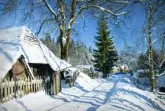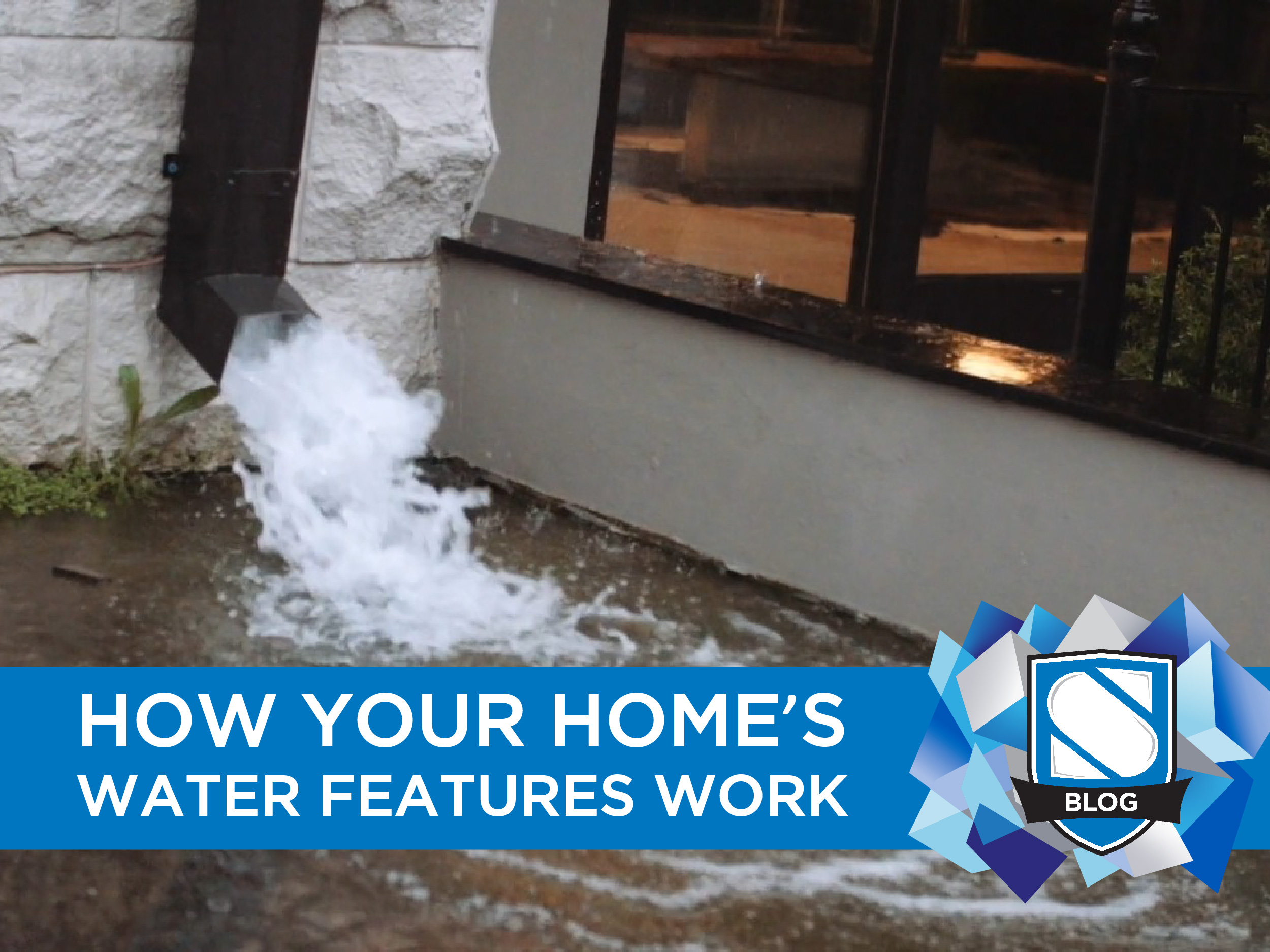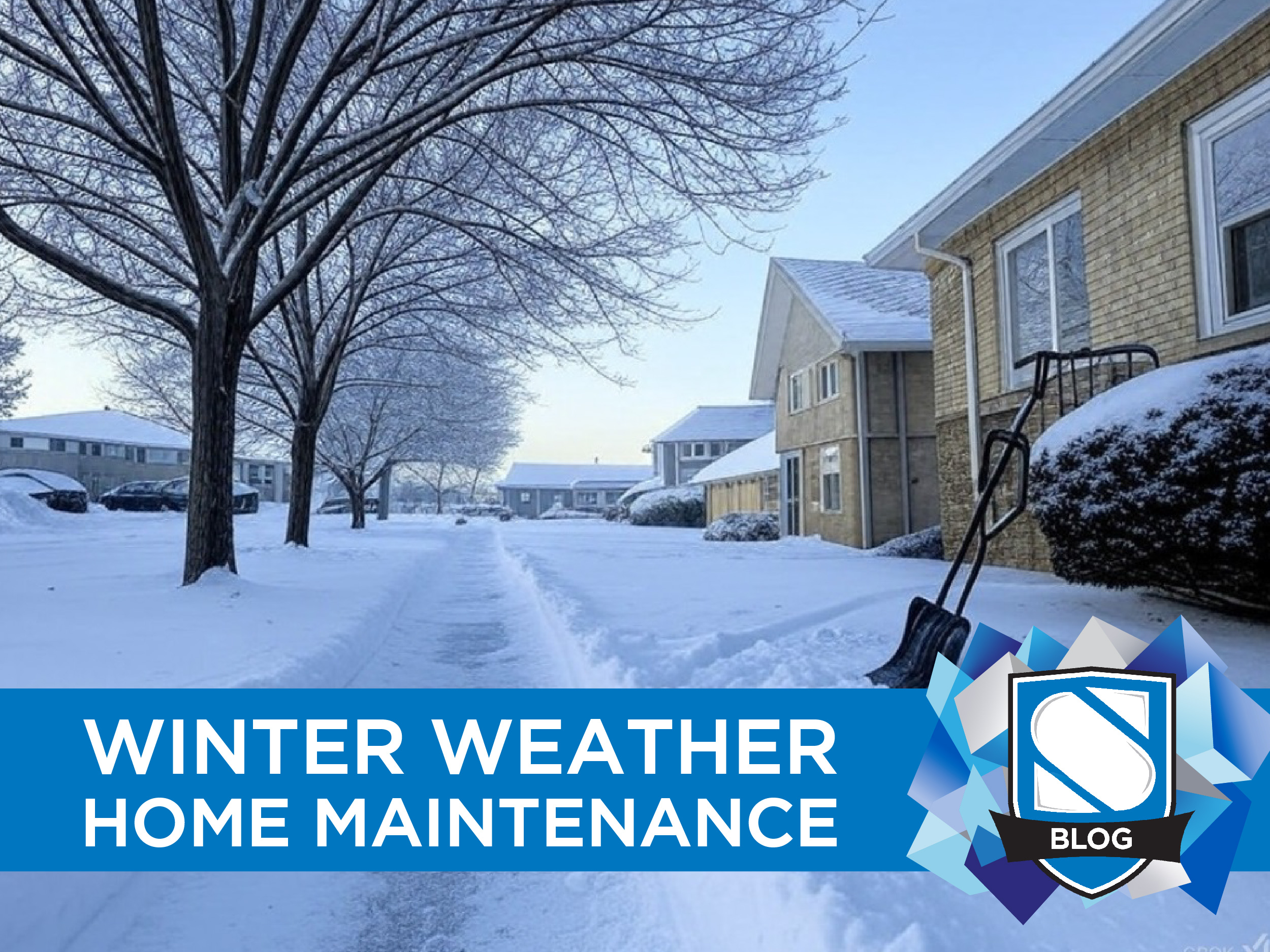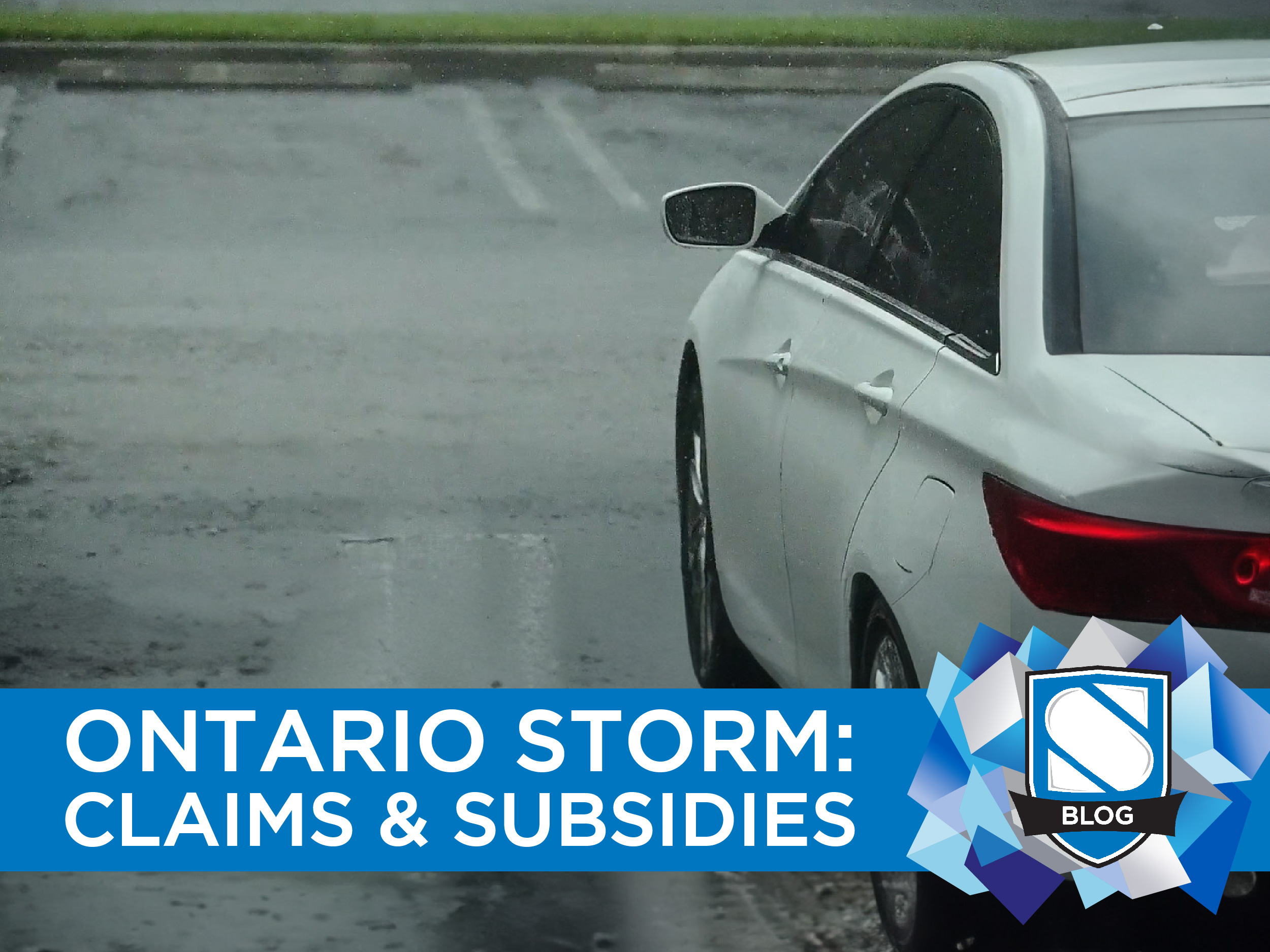2015’s first quiz question!
How often should you clean your roof’s gutters?
Check back for the answer in our next post!
When the air gets a chill and the flakes start falling for a few minutes each day, you know what it’s time to do. Grab the bin of sweaters and change around your wardrobe, pull out the scarves and mitts and winter coats and switch up the hall closet. If you’re a vehicle owner, you probably run out to get those winter tires on and get your vehicle ready for the days ahead.
But what about your roof? Did you know that your roof can be winterized, too?
Your roof is an important part of your home! It helps to keep you warm, protects you from water damage, and keeps everything upright when the season’s storms come. If you’ve never thought about what steps to take to ensure your roof is ready for the snow and ice ahead, here are five tips for winterizing your roof!
- One: Check for Pest Infestation
It’s not unusual to see an increase in pest presence as the air becomes colder. Squirrels, raccoons, and mice can see your home as a nice, warm hidey-hole from the chilly air, and if they decide to move in permanently, you may have some pricey problems heading your way.
Check for weak spots along or around the roof that an animal might be able to use to get inside, and if there already appears to be an infestation, call a humane removal company to solve the problem before it gets worse.
- Two: Remove Low Branches
If you were living in Southern Ontario in late December 2013, you’ll recall the severe ice storm that caused massive power outages across the area and caused some people to spend Christmas in the dark. During ice storms, and even when there’s significant snowfall, trees and tree branches can be weighed down—which becomes a problem if they’re too close to your home.
Check around your house and remove any branches that are low enough to potentially crash onto your roof when weighed down. Be sure to trim back any tree branches near or around the electrical lines that go into your home, too. Why take the chance?
- Three: Remove Fallen Leaves
While you’re checking for low branches, take a look at your roof. Are there leaves covering the roof? Little branches and other debris? Get it off right away, because these things can help trap moisture on your roof. Moisture on the roof leads to other problems, and can definitely contribute to or be the cause of clogged gutters.
- Four: Clean Your Gutters
Clean those gutters! This may be the most important of all the tips for your roof winterization. Even if you don’t have a lot of trees on your property, get up there and clean them anyway. Gutters are a critical part of a healthy home, directing water away from your foundation and walls.
Clogged gutters will cause problems over time—there’s no question about that—so if you do nothing else, clean them out with a hose and some water, or call in professional cleaners if you’re unable to do it yourself.
- Five: Research Heat Cables
When the temperatures drop to their lowest points, hitting well below freezing, your roof may never seem to get a break from all the ice and snow on its surface. Enter heat cables, which are designed to help ice and snow melt off without causing damage to your roof.
Take a look at your roof at various points throughout the day, and see if there are spots that don’t receive much sunlight—or where water collects or pools. Heat cables may be a solid investment for you, helping to prevent damage in the future that would be far more costly than the price of setting up several heat cables.
Don’t take chances with your home—help your roof make it through the winter and keep you warm and dry with these simple winterization tips.














0 Comments